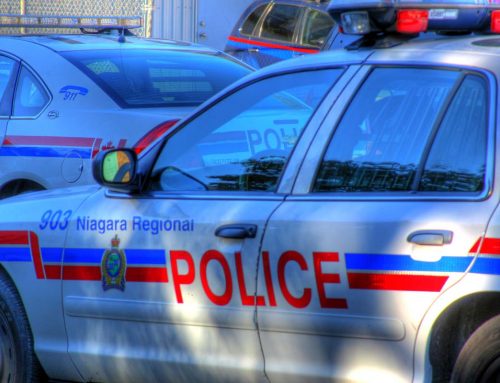Emergency Services Management in Niagara is attempting to plan, train and develop well-linked strategies with all partners to prevent emergencies, and to respond effectively to them for the safety and security of all. Fire, ambulance, police, health services and the general public are all partners in effectively working in this area. Niagara has 13 levels of government to plan and coordinate together: 12 municipalities and the Niagara Region.
The Fire Chiefs from the main municipalities and EMS representatives from the Niagara Region meet regularly to work out plans, training and jurisdictions. Emergency management involves developing public education, enforcement, planning and protection strategies in case of chemical, biological, explosive, natural storms and disasters and other emergencies requiring a coordinated response. Standards are established federally to set policy and the provinces are empowered to set their standards and the regional mandate is entrusted to carry out plans that reflect those standards.
This chart illustrates how many calls the EMS provider is receiving per 1,000 population basis. The services in Sudbury and Thunder Bay do more non-emergency patient transfers than the other services, which generally utilize private contractors. Overall EMS responses have increased by 6% over the past 2 years. (Note: this topic is also covered in the Health and Wellness sector of this report.)









